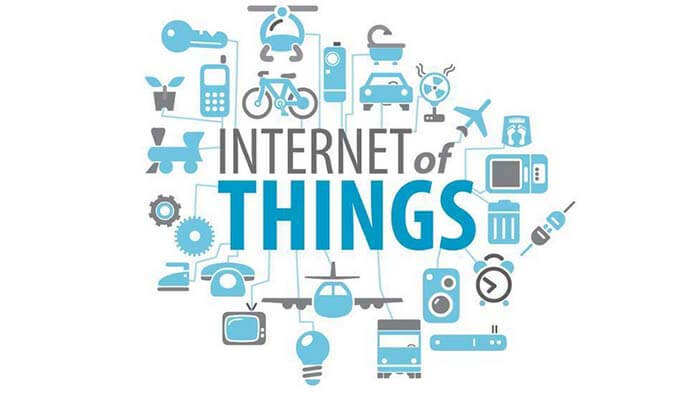The Internet is connected to computers and mobile phones, allowing people and people to send messages anytime and anywhere.
The Internet of Things may be connected to your home lights, kettles, door locks, pipes, electricity meters, water meters, as well as light poles on the roadside when walking the dog, sprinklers on the way to work, small devices to large components, all-inclusive, involving The scene is also from heaven to earth.
Human consciousness is more complex than things, and the world of things is more complicated than humans, and the frequency spectrum required to connect people and things is completely different.
People want to be online 24 hours a day and send messages and videos online at any time. If the Internet of Things uses early wireless networks, it is not suitable in terms of energy consumption, traffic and operation.
Whether it is NB-IoT, LoRa, eMTC, etc., in these IoT network connection technologies, users can choose the appropriate network connection technology according to their own needs. After all, there is no perfect technology, only suitable technology. Then, from the analysis of the characteristics of NB-IoT, LoRa, eMTC, SigFox, and ZigBee, which application scenarios are they suitable for?
NB-IoT&eMTC’s IoT technology applications
Let me talk about NB-IoT and eMTC first. Both have their own advantages.
NB-IoT is more cost-effective than eMTC in terms of cost; NB-IoT is 30% larger than eMTC in coverage, and eMTC coverage is about 9dB worse than NB-IoT; eMTC in terms of capacity cannot meet the demand for ultra-large capacity.
But in terms of speed and mobility, eMTC has advantages over NB-IoT, and eMTC supports voice.
For dynamic scenarios involving frequent interaction with people, which require voice, bandwidth rate, and mobility, such as Internet of Vehicles, smart wear, logistics tracking, and other scenarios, choose eMTC;
And it involves considering the needs of module costs and massive connections, such as smart meters, air monitoring, smart water meters, and other scenarios, choosing NB-IoT.
In the future, NB-IoT and eMTC will be mixed networking, and the differentiated advantages will complement each other, which is one of the mainstream trends in Internet of Things network connection.
Lora’s IoT technology applications
Next, let’s talk about LoRa. I mentioned the difference between LoRa and NB-IoT before. Compared with NB-IoT, LoRa has a wider coverage and relatively lower cost and supports flexible networking.
Lora extends the boundary of the Internet of Things network connection. In some specific subdivision scenarios, such as remote or edge areas, such as scenic spots or high-tech areas, it is more suitable for the business needs of enterprises than the NB-IoT that relies on operators, such as smart street lights, smart homes, and other fields.
Sigfox’s IoT technology applications
SigFox was born to build a wireless network for the Internet of Things, Sigfox and LoRa, both of which were acquired by Semtech.
What are the advantages of SigFox? Without the baggage of traditional wireless networks, in view of the characteristics of the Internet of Things, cost reduction, wide coverage, and speed increase, it is mostly suitable for scenarios such as overseas intelligent manufacturing.
And unlike LoRa gradually improving standardization, Sigfox standardization issues have some hidden dangers.
Zigbee’s IoT technology applications
ZigBee is different from the above network connection technology. It is a short-distance Internet of Things technology. It does not directly connect to the network through LPWAN but needs to be connected through a concentrator and a gateway.
The emergence of ZigBee is because Bluetooth and Wi-Fi cannot meet industrial needs.
ZigBee has many advantages, such as low power consumption, low cost, low speed, short delay, high capacity, safety, stability, etc. It uses free frequency bands. Due to its mesh topology, it is easy to manage and control in industry, and it is mostly suitable for smart homes.
You may also be interested in the below articles.




